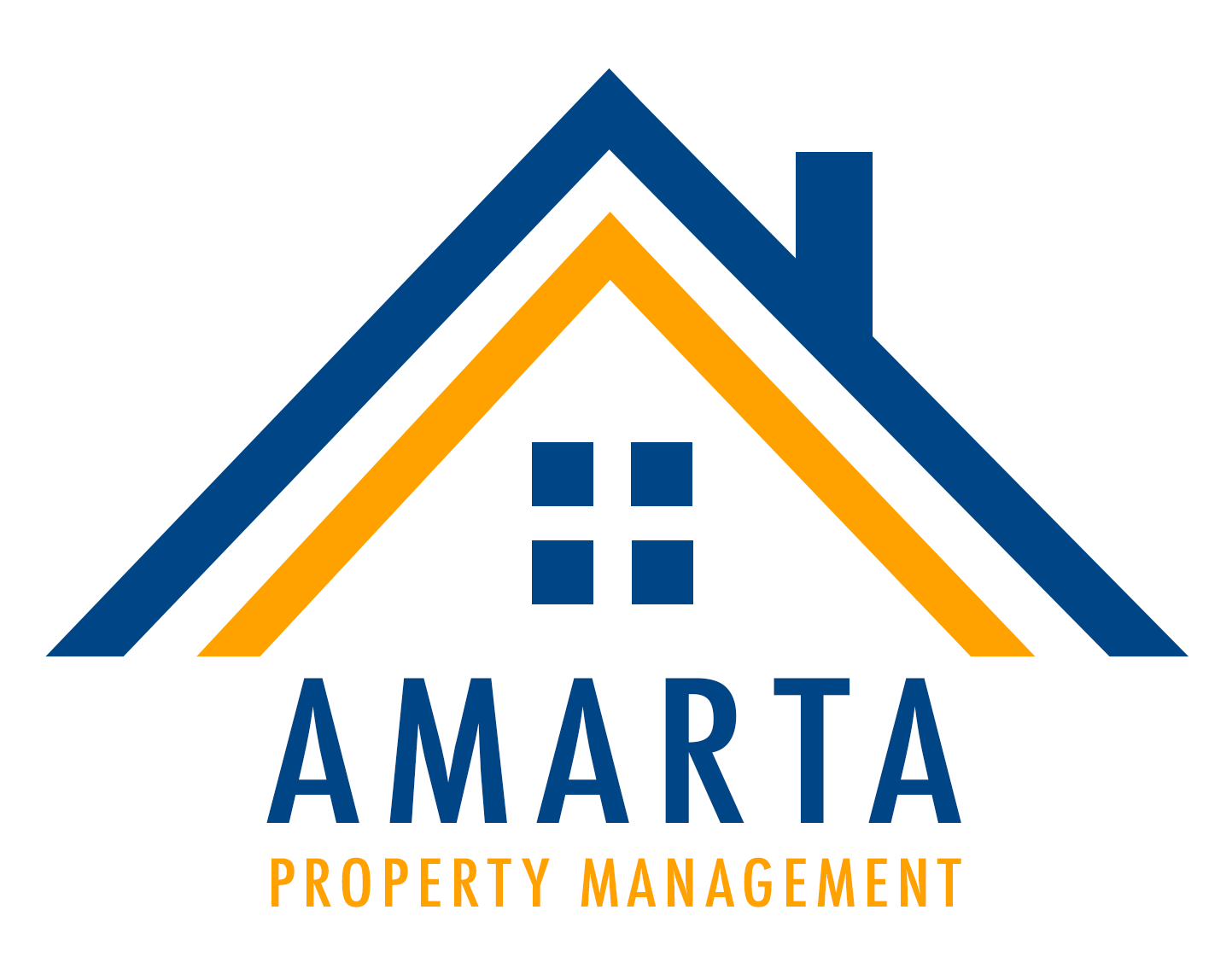
Because many states do not license or monitor recovery homes, ascertaining the exact number across the U.S. is difficult. However, Mericle et al. (2022) used a variety of sources to locate 10,358 residences in the U.S. Recovery homes vary in terms of their physical settings, fees, rules, requirements for involvement in mutual help groups, staffing, structure, governance, types of services offered, relationship with formal treatment programs, and lengths of stay. While bridging research and treatment is an important goal in which the addiction field is making progress, community services that might play critical roles in the long term success of recovery have not received sufficient attention (Polcin, 2006a).
Neighborhood Differences by SLH Characteristics

Of the 964 residents that entered study SLHs during enrollment, 703 responded to attempts to screen, 589 were eligible, and 557 were enrolled. More information regarding the recruitment flow can be found in Mahoney et al. (2023). Inclusion criteria included a history of substance issues, moving into the SLH within the past 30 days, and providing three types of contact information for follow-up interviews. These analyses are based on the https://ecosoberhouse.com/ 462 (82.9 %) participants who completed the 6-month follow-up interview. By immersing yourself in a supportive sober living community, you’re not just navigating the recovery journey with the assistance of others but also actively contributing to the shared goal of lasting sobriety. This collective effort not only makes the process more manageable but also enriches your experience with meaningful relationships that can last a lifetime.
After the healing, a better life
- Here are some of the fun activities you can enjoy that do not result in waking up drooling in a Bushwick warehouse.
- They argued that self selection of participants to the interventions being studies was an advantage because it mirrored the way individuals typically choose to enter treatment.
- This is particularly concerning because our analysis of criminal justice offenders in SLHs showed alcohol and drug outcomes that were similar to residents who entered the houses voluntarily.
- Table 1 provides data for our first aim, exploring why SLH residents chose SLHs (See Supplemental Table 1 for sociodemographic categories).
Leaving the structure of the treatment program can be very disruptive to your sobriety, so treatment programs have strict schedules filled with counseling, group therapy, and participatory activities. Most residents of these homes have recently completed an inpatient or outpatient treatment program. Read on to learn about what a sober living house is, the history of sober living homes, types, who should go to one, and how you can find a sober living house. A person in recovery for drug addiction looks out from a substance abuse treatment center in Westborough, Mass. The SLN is a nonprofit organization that oversees application, quality control, inspection, and certification procedures for SLHs within its Los Angeles, California county-level coalitions.

Sober Living House Outcomes
Over the past several decades and across diverse fields, there has been growing attention paid to the potentially deleterious effects of neighborhood characteristics on individuals’ health and wellbeing. Freestanding SLH’s offer a limited amount of structure and no formal treatment services. Thus, they are optimal for residents who are capable of handling a fair amount of autonomy and who can take personal responsibility for their recovery. Despite these limitations, CSLT appeared to benefit many different types of residents who were referred from an array of personal and institutional sources (i.e., self, family, criminal justice systems, and inpatient treatment programs). Expansion of freestanding SLHs in communities might therefore ease the burden on overwhelmed treatment systems. In communities that are unable to fund a sufficient number of treatment programs for individuals with substance use disorders, freestanding SLHs might be a clinically and economically effective alternative.
There is life after addiction. Most people recover

By 18 months nearly all had left, yet improvements were for the most part maintained. These measures were taken from the Important People Instrument (Zywiak, et al., sober living blog 2002). The instrument allows participants to identify up to 12 important people in his or her network whom they have had contact with in the past six months.
Reasons for choosing sober living houses and their associations with substance use recovery outcomes
How to Pay for Your Stay at a Sober Living House
- If you are seeking drug and alcohol related addiction rehab for yourself or a loved one, the SoberNation.com hotline is a confidential and convenient solution.
- In California, studies show that few offenders being released from state prisons have adequate housing options and in urban areas such as San Francisco and Los Angeles up to a third become homeless (Petersilia, 2003).
- Generic strategies purported to enhance social model dynamics in houses across all four NARR levels have been described by Polcin et al (2014).
- Their presence is crucial for maintaining order and providing guidance when residents face challenges.
